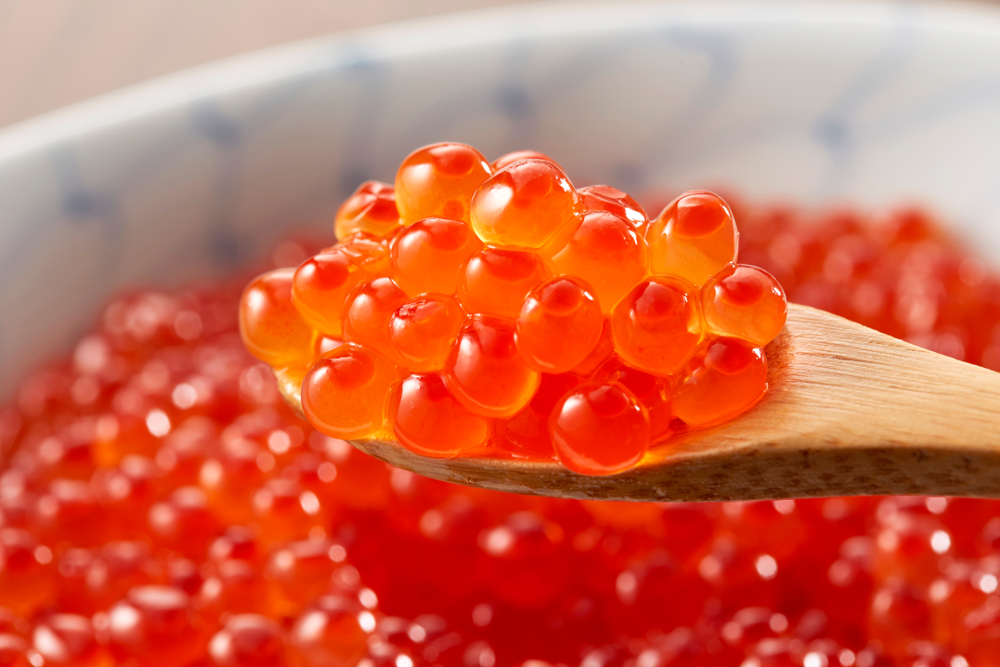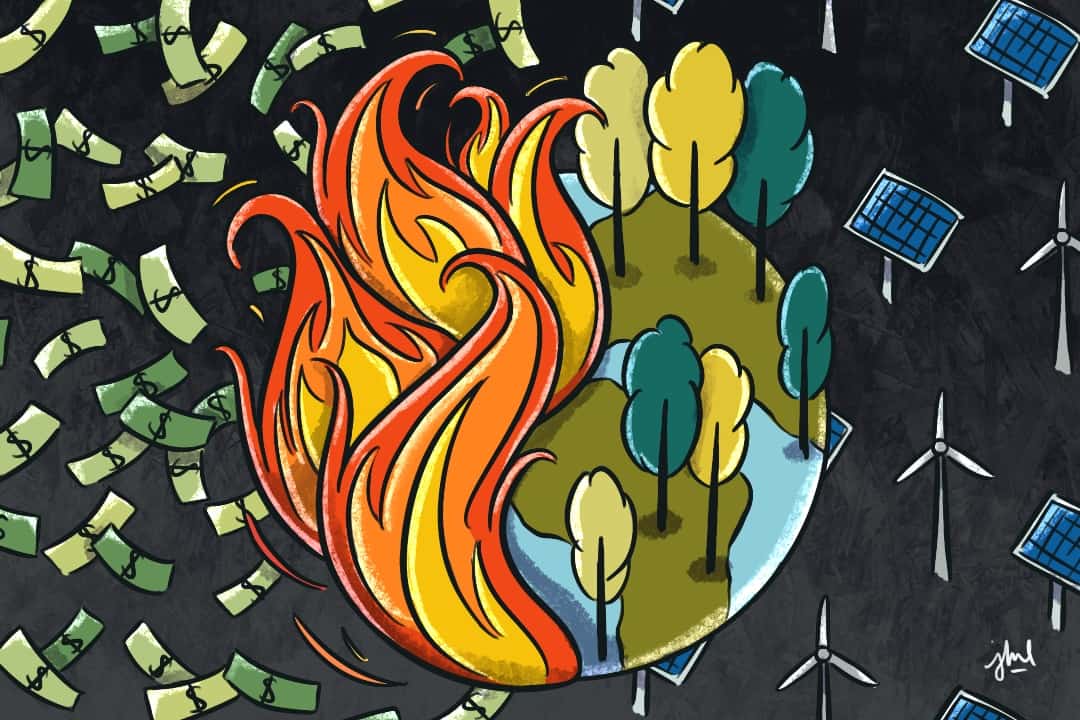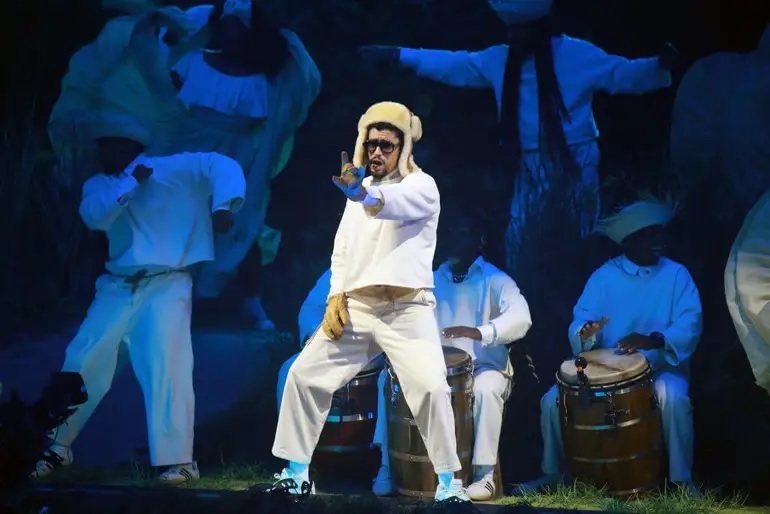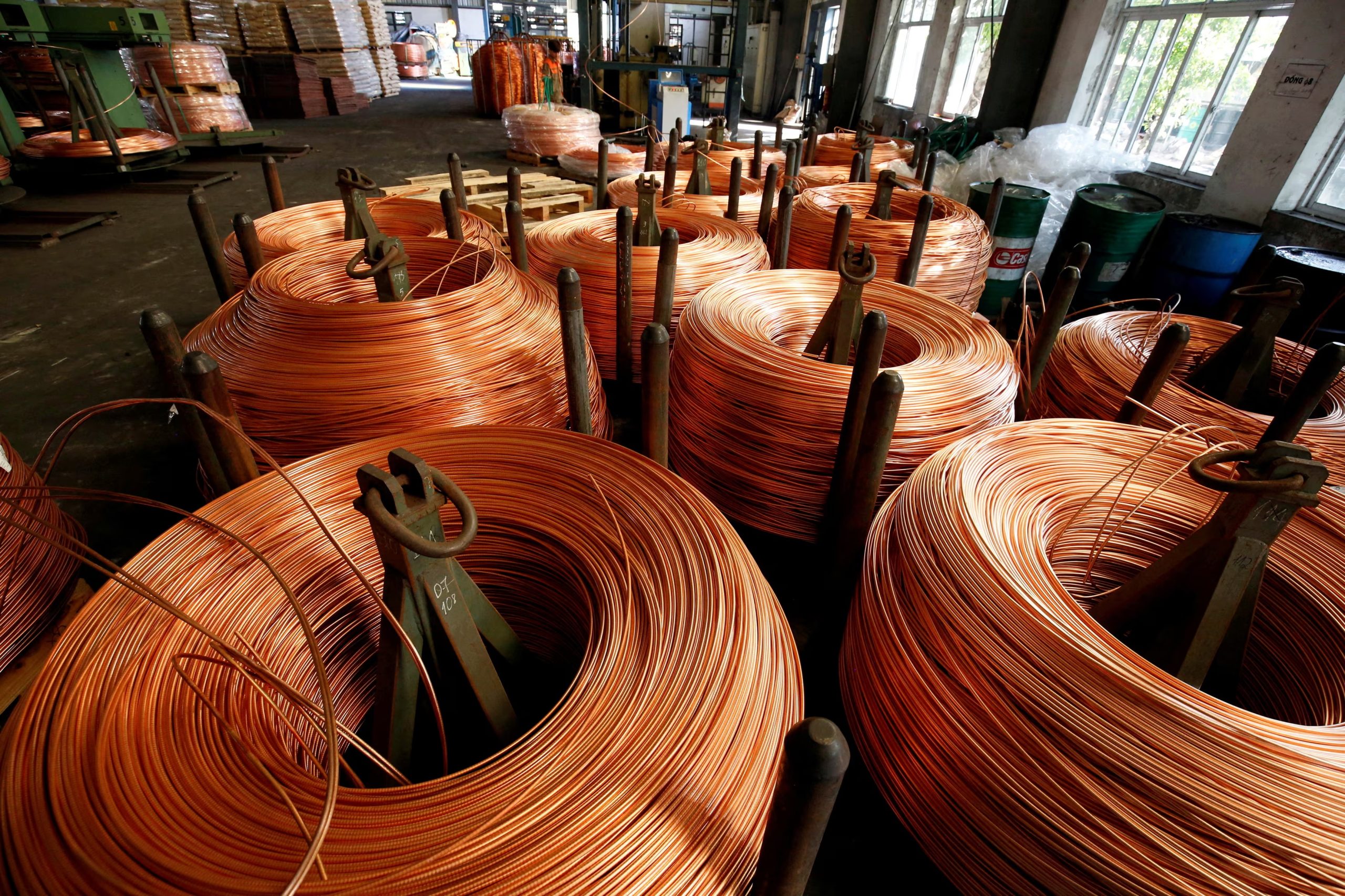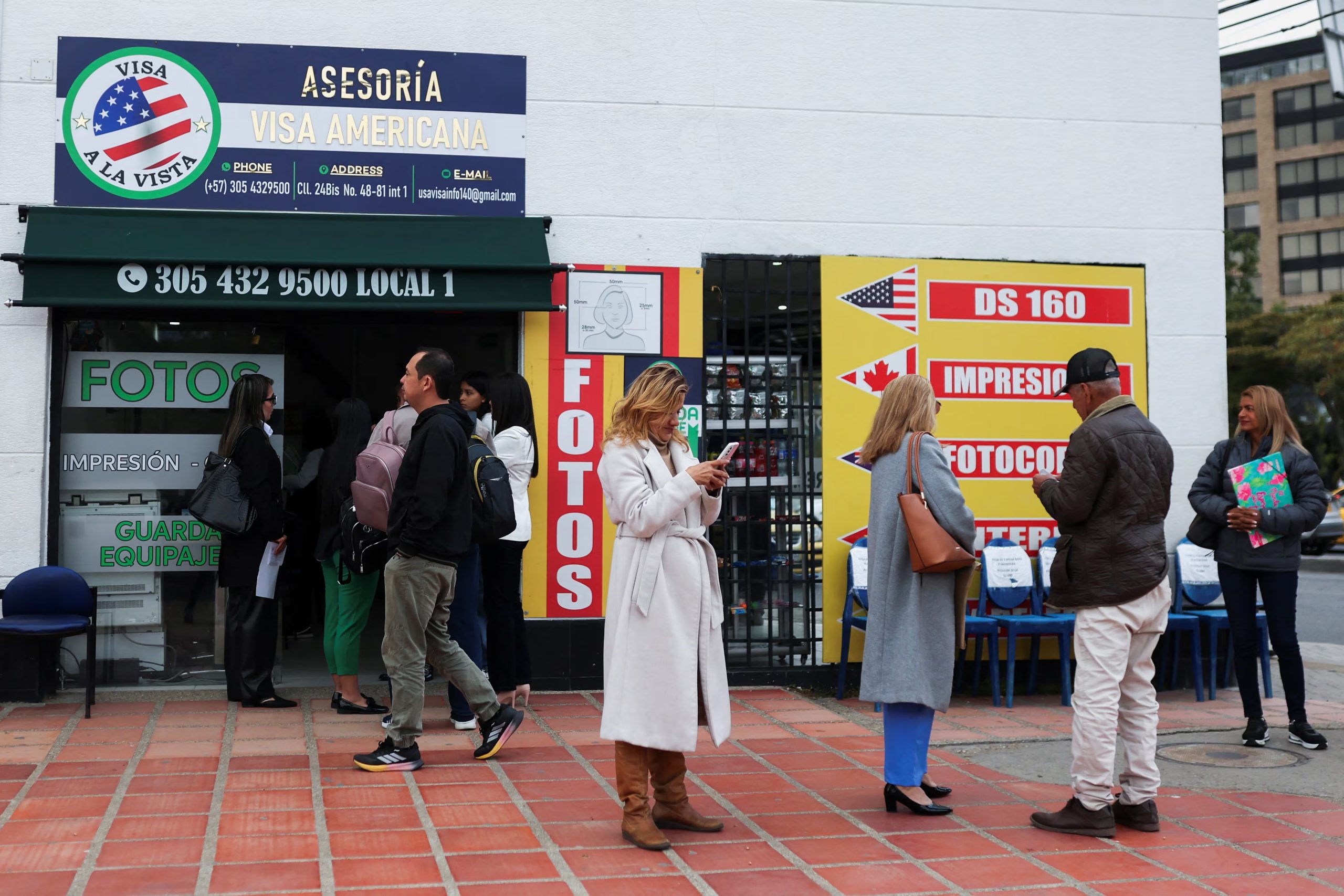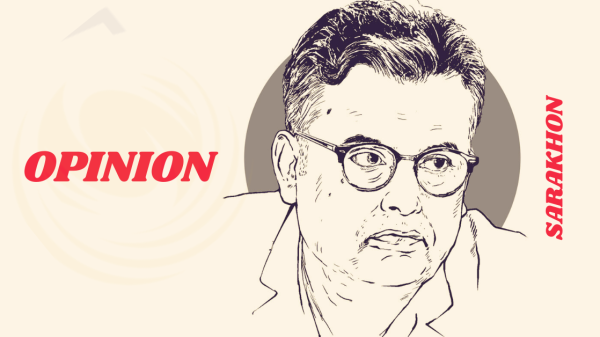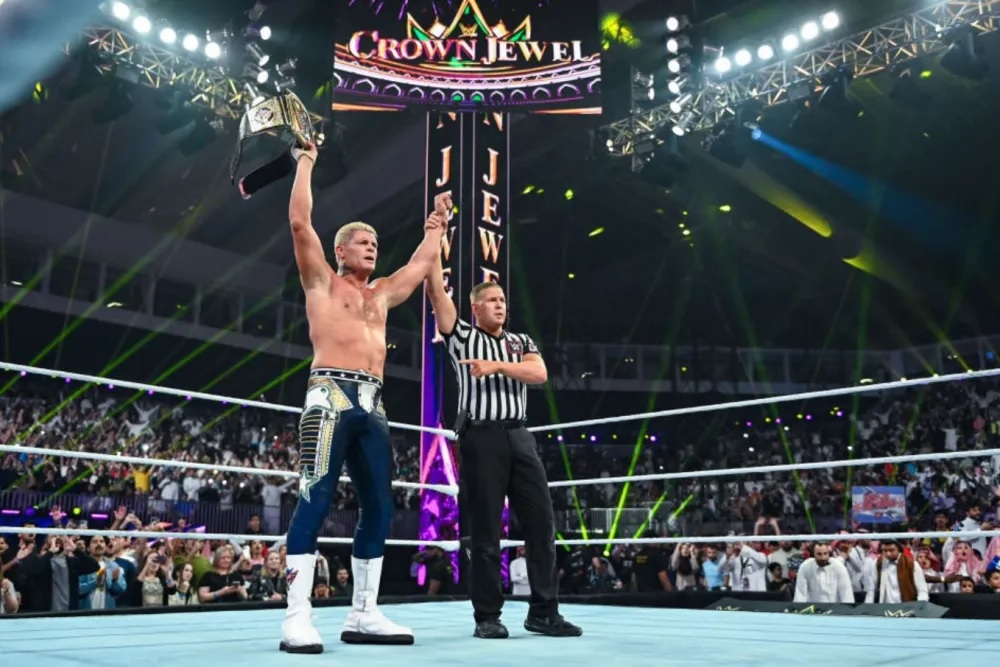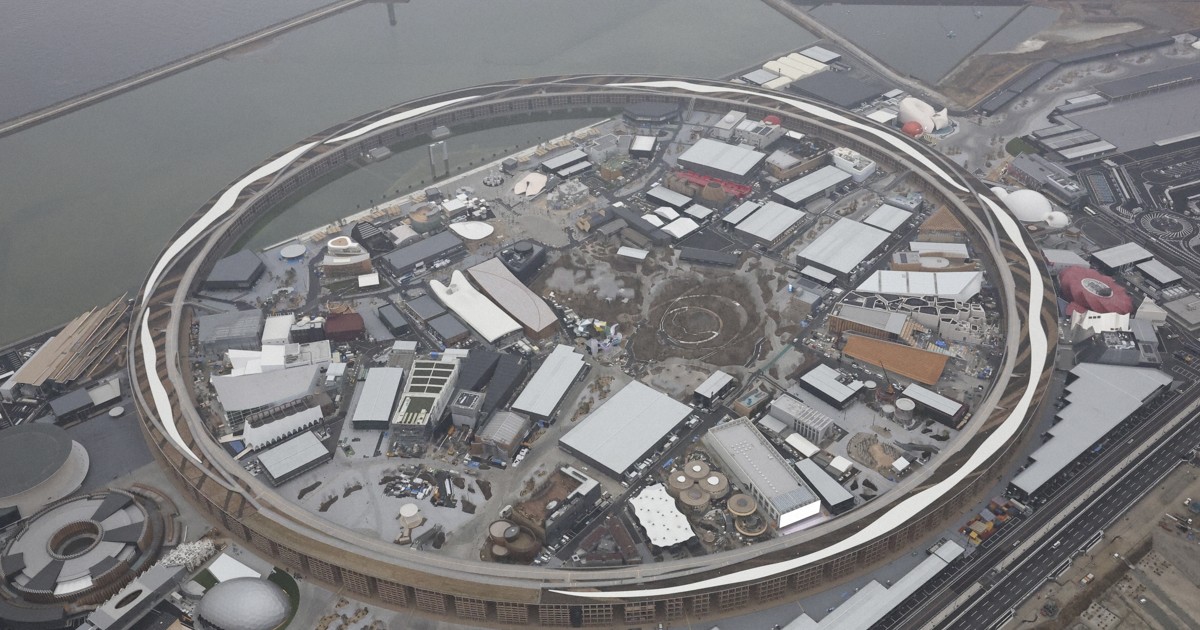HOKKAIDO’S SALMON ROE PRICES SURGE AS CATCHES FALL

Food, climate, and a seasonal squeeze
Consumers in Japan are paying sharply higher prices for autumn salmon roe, with Hokkaido retailers reporting near-record tags per 100 grams. Fishers and wholesalers cite smaller runs and warmer seas as key drivers of supply tightness. The fall run typically anchors local markets and seasonal cuisine, but years of declining returns have added volatility. Restaurateurs say they are shrinking portions, adjusting menus, or promoting alternative toppings to manage costs without alienating diners. The ripple effects extend beyond luxury dining: boxed-lunch makers and convenience chains are also recalibrating seasonal offerings.
What scientists and sellers are watching
Marine researchers have linked shifting currents and ocean temperatures to changes in salmon spawning and survival. Hatchery programs help but do not fully offset conditions at sea. Retailers expect prices to stay elevated through the peak, with any relief depending on late-season catches. For households, the advice is pragmatic: shop early, compare markets, and consider frozen stocks from prior seasons. For Hokkaido’s fisheries, the longer arc is adaptation—gear, timing, and quota management—backed by better ocean monitoring. If warming persists, Japan’s food culture faces more years where climate shows up in the grocery bill.


